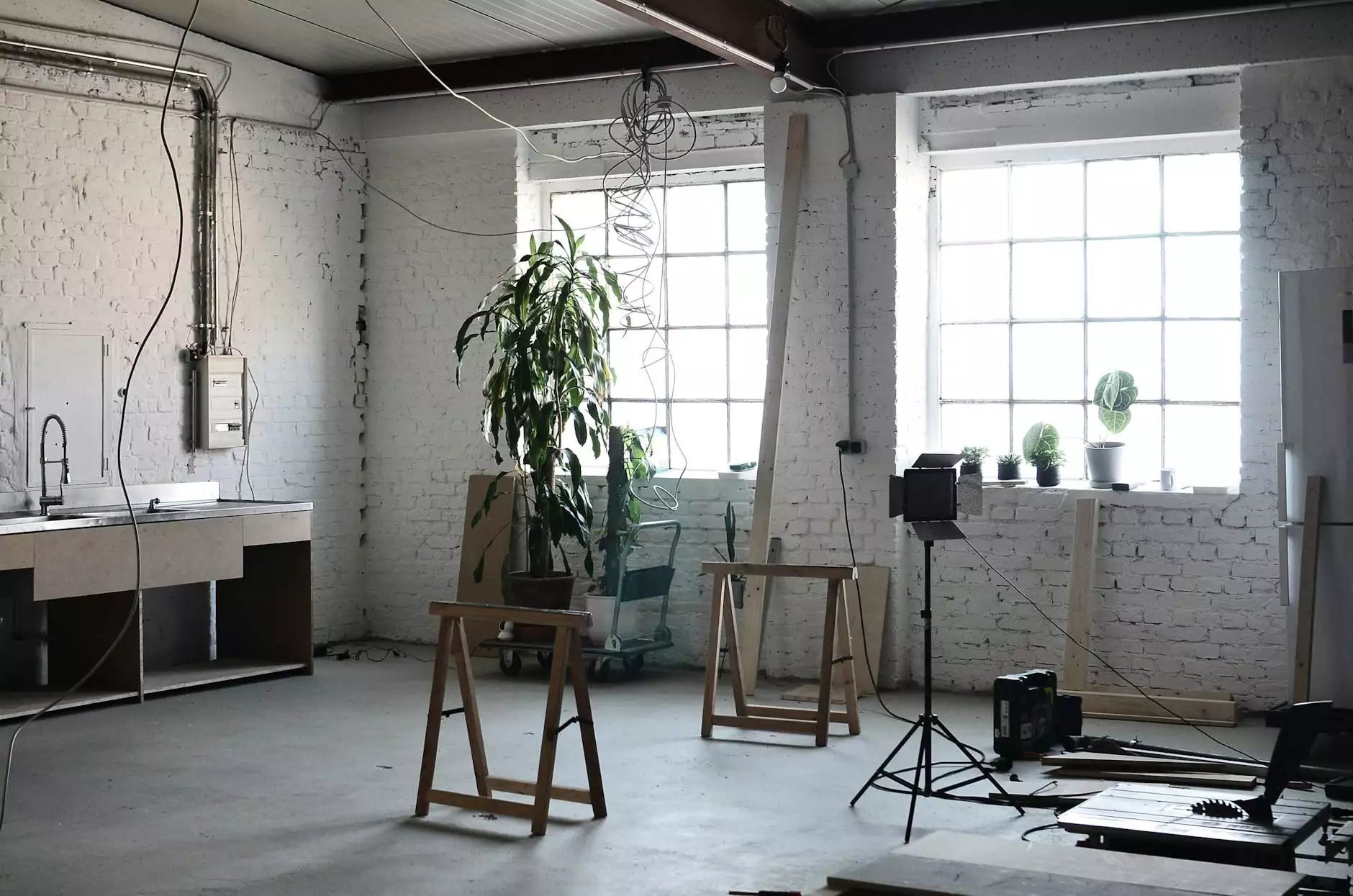The Importance of Panic Bar Locks for Business Security

In today's world, ensuring the security of your business premises is more important than ever. As a business owner, you are responsible for the well-being of your employees, clients, and valuables. One of the most effective and reliable ways to enhance the safety of your business is by installing a panic bar lock. This article delves into what a panic bar lock is, its benefits, installation processes, and maintenance tips, along with its importance in various business environments.
What is a Panic Bar Lock?
A panic bar lock, also known as a crash bar or exit device, is a type of locking mechanism designed for doors, primarily used in commercial environments. This system allows for quick and easy exit during emergencies, helping to prevent potential accidents and ensuring that your employees and customers can evacuate the premises safely and efficiently.
How Does a Panic Bar Lock Work?
The mechanism of a panic bar lock is relatively straightforward. Instead of using a traditional door handle, it features a horizontal bar that is pushed down to disengage the lock and allow the door to open outward. This design means that individuals can exit without having to turn a knob or pull a handle, making it particularly effective in emergency situations.
Benefits of Installing Panic Bar Locks
There are numerous benefits to installing a panic bar lock at your business premises:
- Enhanced Safety: In emergencies, every second counts. Panic bars enable swift evacuation, significantly enhancing safety for all occupants.
- Compliance with Regulations: Many codes and regulations require panic hardware in commercial buildings, particularly those that accommodate large numbers of people.
- Durability: Panic bars are constructed from robust materials, ensuring longevity and reliable performance under high-traffic conditions.
- Ease of Use: Even in stressful situations, panic bars allow for straightforward operation, making them accessible for everyone.
- Security: When installed correctly, panic bars provide a secure locking mechanism that can deter unauthorized entry.
Improving Business Security with Panic Bar Locks
Installing panic bar locks not only enhances safety during emergencies but also solidifies your business's overall security infrastructure. Here’s how:
1. Restricting Access
Panic bars can be integrated with other locking systems to create a multi-layered approach to security. By limiting access points and controlling who can enter specific areas, businesses can better safeguard sensitive information and assets.
2. Deterring Criminal Activity
A well-secured business is less likely to be targeted by criminals. The presence of effective locking mechanisms, such as panic bar locks, can serve as a visible deterrent to potential intruders.
3. Insurance Benefits
Having robust security measures in place can potentially lower insurance premiums. Insurers often recognize the added level of protection that panic bar locks provide and may offer discounts for businesses that prioritize safety.
Types of Panic Bar Locks
When selecting a panic bar lock for your business, it is essential to understand the different types available:
- Single-Point Locks: These locks engage at one point, providing basic security and quick access.
- Multi-Point Locks: This type engages at multiple points along the door frame, offering enhanced protection and security.
- Vertical Rod Panic Bars: Best for taller doors, these systems extend vertically to secure the top and bottom of the door.
- Surface-Mount Panic Bars: These are mounted directly on the surface of the door and are suitable for both aluminum and wooden doors.
- Concealed Vertical Rod Panic Bars: Hidden within the door, these provide a sleek appearance while still offering excellent security.
Installing a Panic Bar Lock
The installation of a panic bar lock should ideally be carried out by a professional locksmith to ensure proper functionality. However, if you’re considering a DIY approach, here are the general steps to follow:
Tools You Will Need
- Drill and drill bits
- Screwdriver
- Tape measure
- Level
- Pencil
- Safety goggles
Steps to Install a Panic Bar Lock
- Measure the door: Ensure that the panic bar fits well within the door dimensions.
- Mark the installation points: Use a pencil to mark where the panic bar will be installed.
- Drill holes: Carefully drill holes for the mounting hardware, ensuring they are straight and level.
- Attach the panic bar: Secure the panic bar to the door according to the manufacturer's instructions.
- Test the mechanism: Once installed, test the bar to ensure it opens smoothly and locks correctly.
Maintenance of Panic Bar Locks
To ensure that your panic bar lock remains effective and reliable, regular maintenance is essential. Follow these tips:
- Regular Inspections: Periodically check the panic bar and surrounding hardware for signs of wear, damage, or corrosion.
- Keep it Clean: Clean the mechanism and surrounding area to prevent dirt and debris buildup, which can interfere with operation.
- Lubricate Moving Parts: Use a silicone-based lubricant on the moving parts to ensure smooth operation.
- Test Regularly: Conduct regular tests to ensure the panic bar is functioning correctly, especially after any modifications or repairs.
- Seek Professional Help: If any issues arise or if the mechanism feels stiff or unresponsive, contact a professional locksmith for assistance.
Conclusion
In conclusion, installing a panic bar lock at your business is a vital step towards ensuring the safety of your employees and customers. By providing a quick escape route during emergencies, you not only comply with safety regulations but also demonstrate your commitment to creating a secure environment. Remember to consider the type of panic bar that best suits your needs, and don’t hesitate to consult with professionals like those at kaukaban.com for installation and maintenance services. Prioritizing security is not just a necessity; it's a responsibility that can protect lives and assets.



